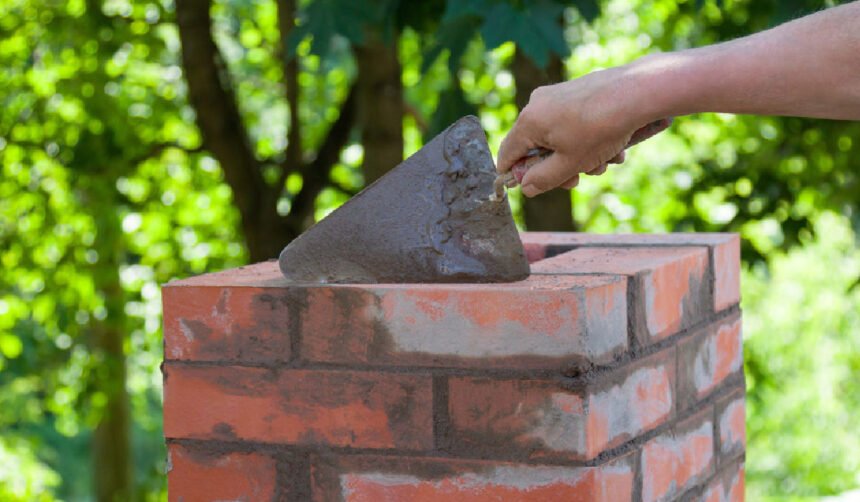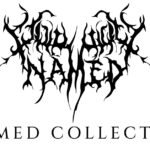Introduction
A fireplace adds charm, warmth, and comfort to any home. But with that cozy ambiance comes a responsibility that homeowners often overlook—keeping the chimney clean and well-maintained. A neglected chimney can become a hidden hazard, increasing the risk of fire, carbon monoxide poisoning, and structural deterioration. To prevent these dangers, regular chimney cleaning and inspection are not optional—they are essential.
This article explores everything homeowners need to know about chimney maintenance. From how chimneys work, why they get dirty, and how often they need cleaning, to signs of a dirty flue, cleaning methods, tools, safety tips, and the choice between DIY and hiring a professional. If you’ve ever wondered about best practices or what could go wrong when a chimney is neglected, this is your go-to resource.
How Chimneys Work: A Quick Overview
Before diving into maintenance, it helps to understand the chimney’s core function. A chimney serves as a ventilation system, carrying smoke, gases, and other combustion by-products out of the house. When you burn wood or other fuel in your fireplace or stove, hot gases rise through the chimney flue. This rising air draws fresh air into the combustion zone, creating the draft that keeps the fire burning efficiently.
However, as this process continues over time, by-products like soot, ash, and creosote build up inside the chimney walls. These residues, particularly creosote, are flammable and dangerous if not removed regularly through proper chimney cleaning. If you notice cracks, crumbling mortar, or other signs of wear on your chimney structure, consulting experienced masonry contractors Chicago can help prevent more serious and costly damage down the line.
What Builds Up Inside a Chimney?
A number of substances can accumulate in your chimney over time:
- Soot: Fine black particles made from incomplete combustion. Soot is not just messy—it can reduce airflow and contribute to poor ventilation.
- Creosote: A tar-like, flammable residue formed when wood smoke condenses on the inner chimney walls. Creosote buildup is the number one cause of chimney fires.
- Debris: Leaves, twigs, animal nests, or other foreign materials can fall into or be carried into chimneys—especially if there is no chimney cap.
- Moisture: Water intrusion from rain or snow can mix with ash and creosote, accelerating decay and corroding chimney materials.
All these substances reduce airflow, degrade materials, and increase fire risk. The solution? Regular, thorough chimney cleaning.
Dangers of a Dirty Chimney
Neglecting chimney maintenance can lead to serious safety hazards. Here’s what can go wrong:
3.1 Chimney Fires
Creosote is highly flammable. Even a small amount can ignite under the right conditions, leading to intense chimney fires. These often burn at temperatures over 2,000°F, damaging liners, cracking masonry, and sometimes spreading to the roof or upper floors.
3.2 Carbon Monoxide Poisoning
A blocked or partially clogged chimney prevents harmful gases from exiting your home. Carbon monoxide, which is odorless and deadly, can back up into living spaces, putting occupants at risk.
3.3 Reduced Heating Efficiency
Dirty chimneys restrict draft, making fires harder to start and maintain. The result? More smoke, less heat, and wasted fuel.
3.4 Structural Damage
Water, soot, and acidic residue can deteriorate bricks, mortar, metal components, and flue liners over time, leading to leaks, cracks, and costly repairs.
All these risks underscore why regular chimney cleaning is not just about cleanliness—it’s about safety and long-term preservation.
How Often Should a Chimney Be Cleaned?
While the answer depends on fireplace usage and fuel type, general recommendations include:
- Wood-burning fireplaces: Clean annually or after every cord of wood burned.
- Pellet stoves: Clean every few months, especially during peak use.
- Gas fireplaces: Less residue, but still require yearly inspection and occasional cleaning to ensure proper ventilation.
If you use your fireplace heavily throughout the winter, more frequent cleaning may be needed. A certified chimney professional can assess buildup and suggest an appropriate schedule.
Signs Your Chimney Needs Cleaning
Watch for these red flags that your chimney may be overdue for maintenance:
- Strong Odors: A musty, smoky smell near the fireplace—even when not in use—can mean creosote buildup.
- Smoke Backdraft: Smoke spilling into the room is a clear sign of poor airflow or a blockage.
- Poor Fire Performance: Difficulty getting fires started or keeping them lit may be related to restricted draft.
- Soot Droppings: Excess ash or black flakes falling into the fireplace point to internal buildup.
- Animal Activity: Chirping sounds or foul smells can indicate nesting or carcasses inside the flue.
If you notice any of these issues, it’s time to schedule a chimney cleaning appointment.
The Chimney Cleaning Process: What to Expect
Professional chimney cleaning involves more than a quick sweep. Here’s what’s typically included:
6.1 Inspection
Most technicians start with a visual check of the firebox, flue, damper, and chimney crown. They’ll note any cracks, damage, or unusual wear.
6.2 Setup
To protect your home, the technician lays down tarps, covers the fireplace opening, and uses a vacuum or air scrubber to control dust and debris.
6.3 Sweeping
A variety of specialized brushes—manual or rotary—are used to scrub soot and creosote from the flue liner. Flexible rods allow access from either the bottom (fireplace) or top (chimney cap).
6.4 Ash and Debris Removal
All loosened residue is vacuumed or swept up from the firebox and surrounding areas.
6.5 Final Inspection
After cleaning, another check ensures no obstructions remain and everything is safe to use.
Professionals may also provide photos or documentation to show the condition of the chimney before and after cleaning.
Tools and Equipment Used
The right tools make all the difference. Chimney technicians commonly use:
- Chimney brushes (wire or poly bristles)
- Flexible cleaning rods
- Dust control systems (HEPA vacuums)
- Drop cloths and protective coverings
- Flashlights and inspection cameras
- Creosote remover chemicals (if needed)
- Respirators and protective gear
These tools ensure a thorough clean without making a mess of your home.
DIY Chimney Cleaning: Is It Worth It?
Some homeowners consider cleaning their own chimneys to save money. While it’s possible with the right tools and knowledge, it carries several risks:
- Incomplete Cleaning: Missing sections of creosote can leave your chimney unsafe.
- Damage Risk: Using the wrong brush or technique may harm the flue liner or other components.
- Safety Hazards: Working on a roof or climbing into tight spaces without experience can result in injury.
DIY methods may be fine for minor maintenance between professional visits, but for a comprehensive job, hiring a certified chimney technician is strongly recommended.
Hiring the Right Professional
When looking for a chimney cleaning service, consider the following:
- Certification: Choose technicians certified by organizations like the Chimney Safety Institute of America (CSIA) or National Chimney Sweep Guild (NCSG).
- Experience: Look for companies with several years in business and positive customer reviews.
- Insurance: Ensure they are licensed and insured to protect you from liability.
- Transparent Pricing: Avoid extremely low quotes—they may indicate incomplete service.
A good professional will also educate you on your chimney’s condition and offer tips for ongoing care.
Preventive Measures for Long-Term Care
Regular cleaning is vital, but so is day-to-day care. Here’s how you can protect your chimney between cleanings:
- Use Seasoned Firewood: Dry, well-aged wood produces less smoke and creosote.
- Install a Chimney Cap: Keeps out water, animals, and debris.
- Check the Damper: Make sure it opens and closes properly to manage airflow.
- Monitor for Leaks: Watch for signs of water damage around the fireplace or chimney.
- Burn Clean Fires: Avoid burning trash, cardboard, or green wood, which contribute to excess residue.
Staying proactive helps you get the most out of each chimney cleaning and extends the life of your system.
Conclusion
A chimney may seem like a passive structure, but it plays a dynamic role in your home’s safety and comfort. When ignored, it becomes a hidden danger. But when maintained through regular inspection, professional care, and responsible use, it functions safely and efficiently for years.
Whether you use your fireplace every day in winter or just occasionally, it’s essential to prioritize chimney cleaning in Manhattan as a routine part of home maintenance. It’s more than just sweeping away soot—it’s about protecting your family, preserving your investment, and enjoying your fireplace with peace of mind.
Don’t wait for signs of trouble. Make chimney cleaning part of your annual home care checklist and keep the heart of your home burning bright—and safe.
For More Information, Visit Dotmagazine









